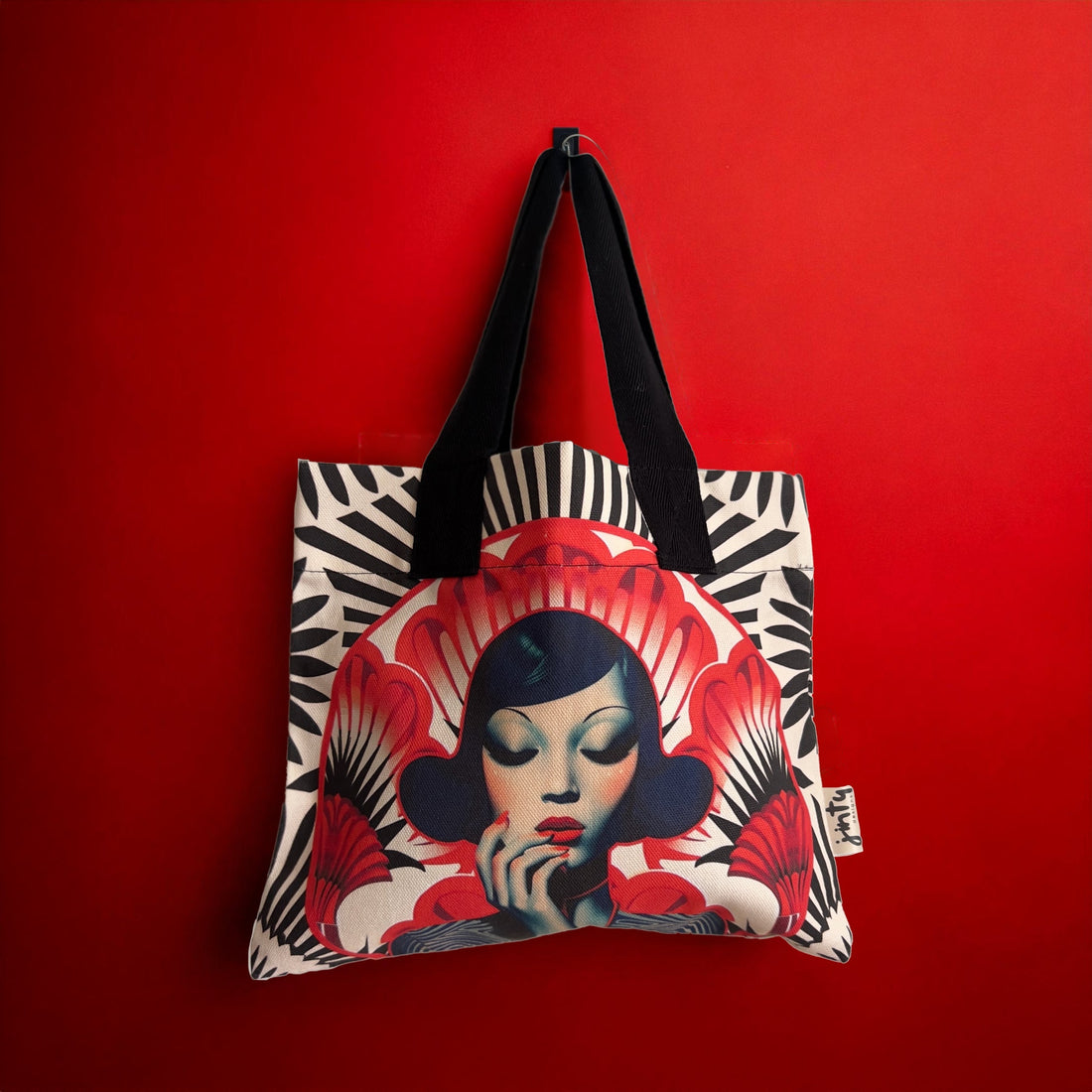Tote bags have become a timeless fashion accessory, a symbol of sustainability, and an everyday essential for many. Whether used for grocery shopping, beach outings, or as a stylish handbag alternative, the tote bag has evolved significantly over the years. But where did it all begin? Let’s dive into the fascinating history of the tote bag.
The Origins: A Functional Beginning
The word "tote" means "to carry," and the origins of tote bags date back to the 17th century. However, they weren’t widely used until much later. Originally, tote bags were simple, unstructured cloth bags designed for practical purposes, such as carrying goods or firewood. They were appreciated for their durability and ease of use, making them a convenient alternative to heavy baskets.
The 1940s: The Birth of the Modern Tote
The tote bag as we know it today emerged in the 1940s when American outdoor brand L.L. Bean introduced its now-iconic Boat and Tote Bag in 1944. Designed as a sturdy utility bag for carrying ice from the car to the home, the Boat and Tote was made from heavy-duty canvas and featured reinforced handles. This practical design quickly gained popularity beyond its original purpose, becoming a go-to accessory for everyday use.
The 1960s: The Tote Becomes a Style Statement
By the 1960s, tote bags had transitioned from pure utility to fashion. Thanks to designers such as Bonnie Cashin, who introduced stylish leather tote bags for Coach, the humble tote started gaining recognition as a chic, everyday carryall. At the same time, bookshops and department stores began offering tote bags as branded promotional items, a trend that still continues today.
The 1980s: The Rise of the Eco-Friendly Tote
In the 1980s, tote bags became associated with environmental consciousness. The shift towards reusable bags gained traction with the launch of the "I ♥ NY" tote, which became a must-have souvenir and urban fashion statement. Meanwhile, environmental movements encouraged the use of tote bags as an alternative to plastic, helping shape their reputation as an eco-friendly choice.
The 2000s-Present: The Tote Bag Renaissance
By the early 2000s, tote bags had become synonymous with sustainability, minimalism, and personal expression. Major fashion brands began incorporating tote bags into their collections, elevating them to high-fashion status. The rise of the cotton tote movement saw an increase in artist-designed and slogan-bearing totes, particularly with the popularity of The New Yorker and Book Club totes. Luxury brands such as Louis Vuitton and Dior have also redefined the tote, offering designer versions that are both practical and stylish.
The Tote Bag Today: More Than Just a Bag
Today, the tote bag remains a staple for fashion lovers, busy professionals, and sustainability advocates alike. Whether crafted from eco-friendly cotton, durable canvas, leather, or even recycled materials, the tote bag continues to evolve, proving its versatility time and time again. From designer labels to DIY creations, the tote bag’s appeal lies in its ability to adapt to different styles, needs, and cultural trends.
Final Thoughts
What started as a simple, functional bag has become an iconic accessory that reflects personal style, values, and practicality. Whether you prefer a minimalist canvas tote, a designer statement piece, or a reusable grocery bag, there’s no denying that the tote bag has earned its place as a must-have in every wardrobe. As fashion continues to evolve, one thing remains certain—the tote bag is here to stay.
Try one of ours and see what you think!

